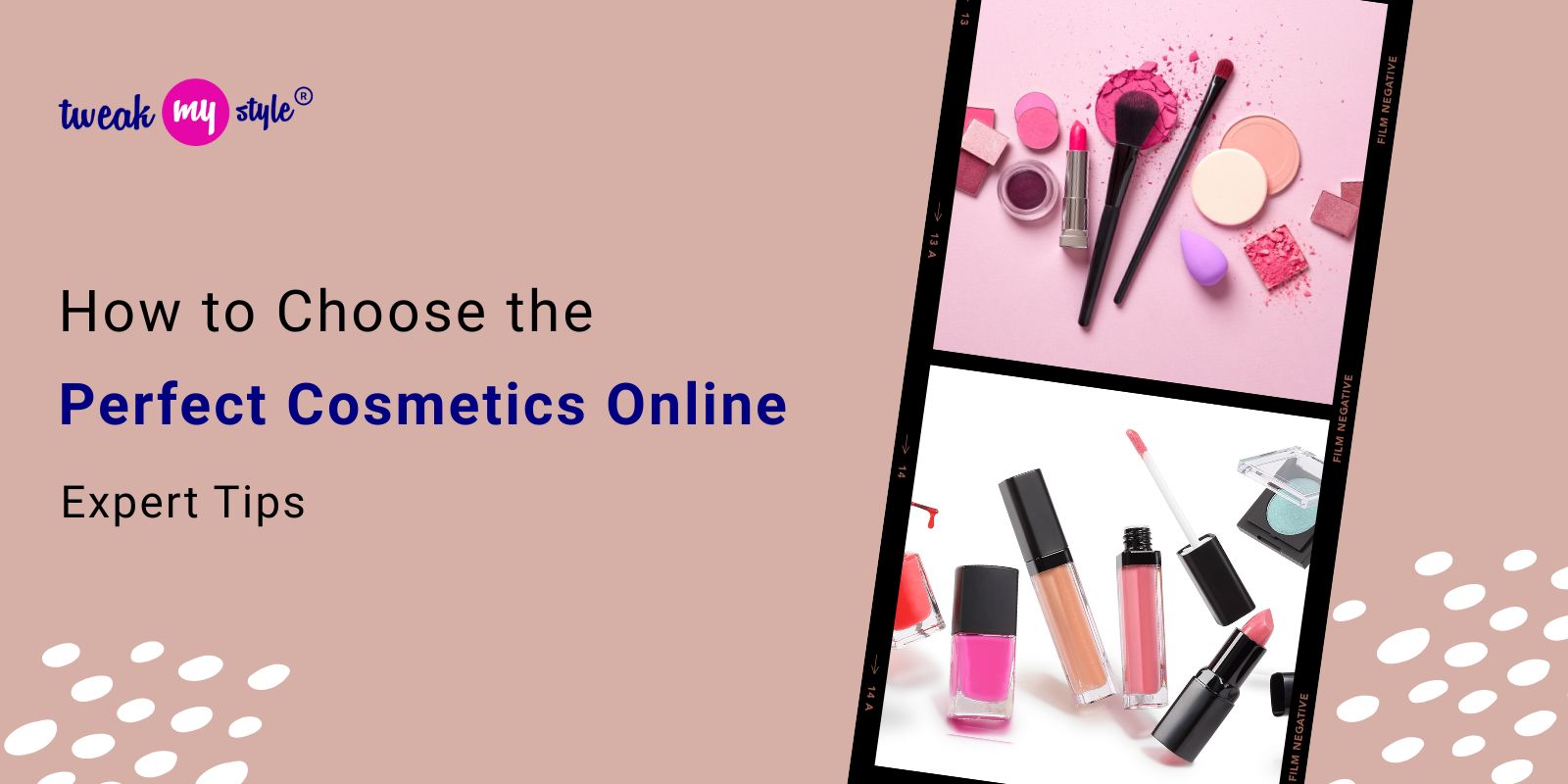The world of cosmetics online is vast, tempting, and frankly, a little overwhelming. Scrolling through endless product pages, swatching videos, and influencer reviews can leave you feeling more confused than inspired. But don’t worry! Buying cosmetics online can be a fantastic experience – convenient, often with better deals, and access to a wider selection than you'll find in most brick-and-mortar stores. This guide will arm you with the expert tips you need to confidently navigate the online beauty landscape and find the perfect products for your unique needs and preferences.
1. Know Your Skin: The Foundation of Flawless Cosmetics
Before you even think about shade numbers or brand names, you need to understand your skin. Cosmetics are designed to enhance your natural beauty, but they can't fix underlying skin concerns. Here's a breakdown:
- Determine Your Skin Type: This is the most crucial step.
- Normal: Balanced, minimal imperfections.
- Dry: Feels tight, flaky, prone to irritation.
- Oily: Shiny, prone to breakouts, enlarged pores.
- Combination: Oily T-zone (forehead, nose, chin) with dry cheeks.
- Sensitive: Easily irritated, reactive to products. Patch testing is essential.
- Identify Your Skin Tone: This goes beyond just "fair" or "dark." It’s about the underlying undertone.
- Warm: Golden, yellow, or olive undertones. Jewelry tends to look best in gold.
- Cool: Pink, red, or blue undertones. Jewelry tends to look best in silver.
- Neutral: A mix of both.
- Consider Your Concerns: Acne, redness, hyperpigmentation, wrinkles – understanding your specific concerns will guide your product choices.
2. Mastering Color Matching: The Biggest Online Challenge
Color matching is the biggest hurdle when buying cosmetics online. Here’s how to tackle it:
- Foundation & Concealer:
- Consult In-Store First (if possible): This is invaluable. Go to a physical store and get matched by a professional. Take note of the brand and shade name.
- Use Brand Shade Finders: Most major cosmetic brands have online shade finders. These often ask for your current foundation shade from another brand, which they then translate into their own range. While not perfect, they've improved significantly.
- Look at User Reviews: Read reviews from people with similar skin tones and concerns. They often share shade recommendations and comparisons. Search for reviews that mention "dupes" (more on that later).
- Study Swatch Photos: Look for photos of the foundation swatched on different skin tones. Brand websites and user-generated content (Instagram, Reddit makeup communities) are good resources.
- Understand Undertones: The same shade number can look very different depending on the undertone. A "beige" foundation on a cool undertone will look ashy on a warm undertone.
- Blush, Bronzer, and Highlight: These are generally easier to choose online, but still consider your skin tone. Warm tones look great on warm skin, and cool tones look great on cool skin.
- Lipstick & Eyeshadow: Color preference is key here. However, look for descriptions of the finish (matte, shimmer, satin) to ensure it aligns with your desired look.
3. Decoding Cosmetic Ingredients: What to Look For (and What to Avoid)
Ingredient lists can be daunting, but a little knowledge goes a long way.
- Look for Beneficial Ingredients:
- Hyaluronic Acid: Hydrating.
- Vitamin C: Brightening, antioxidant.
- Retinol: Anti-aging (use with caution and sunscreen).
- Niacinamide: Reduces redness, minimizes pores.
- Ceramides: Repair and strengthen the skin barrier.
- Be Aware of Potential Irritants:
- Fragrance/Parfum: A common allergen.
- Alcohol Denat: Can be drying.
- Essential Oils: While natural, can irritate sensitive skin.
- Sulfates (SLS/SLES): Can strip skin of moisture.
- Understand "Clean Beauty": This term is unregulated, so do your research. It often means avoiding parabens, phthalates, and certain synthetic chemicals.
4. Navigating the Online Beauty Marketplace: Sites & Strategies
- Brand Websites: Often the best place for the full product range and detailed descriptions.
- Sephora & Ulta: Excellent for product discovery and user reviews. They offer a wide variety of brands.
- Amazon: Convenient, but be extremely careful about authenticity. Buy from authorized retailers only. Read reviews closely.
- Department Store Websites (Nordstrom, Macy's): Good for luxury brands.
- Subscription Boxes: A fun way to sample new products, but read reviews and understand the commitment.
- Discount Retailers (TJ Maxx, Marshalls Online): Can find amazing deals, but selection is unpredictable.
5. Authenticity & Avoiding Counterfeits: A Critical Concern
Counterfeit cosmetics are a serious problem. Here's how to protect yourself:
- Buy From Authorized Retailers: Stick to the brand’s website, Sephora, Ulta, Nordstrom, and other reputable stores.
- Be Wary of Extremely Low Prices: If a deal seems too good to be true, it probably is.
- Check the Packaging: Look for misspellings, inconsistencies in fonts, and poor quality printing.
- Inspect the Product Itself: Check the texture, scent, and color. If it doesn’t seem right, it probably isn’t.
- Report Suspicious Activity: If you suspect you’ve purchased a counterfeit product, report it to the retailer and the brand.
6. Understanding "Dupes" & Value for Money
- What are Dupes? "Dupes" are products that offer a similar performance and result to a high-end product at a lower price point. They're often born from online communities sharing their discoveries.
- Finding Dupes: Search online forums, YouTube videos, and Instagram posts using keywords like "[High-end Product Name] dupe" or "[Brand Name] alternative."
- Consider Quality & Ingredients: While dupes can save you money, be mindful of ingredient quality and potential compromises.
7. Returns & Exchanges: Knowing Your Rights
- Check the Retailer's Return Policy: Before you buy, carefully review the retailer's return policy.
- Keep Original Packaging: Most retailers require original packaging for returns.
- Act Quickly: Most retailers have a limited timeframe for returns.
- Document Everything: Keep records of your purchase, shipping confirmations, and any communication with the retailer.















Share this post on: